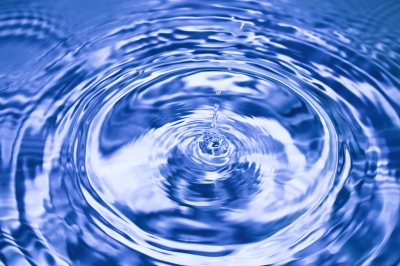During my last tour of active duty, I commuted to Oahu. It’s funny the things you miss about home. I missed hearing the rain, but most of all, I missed our Hilo water.
Photo courtesy zirconicusso/freedigitalphotos.net
Where Does Most of Hawaii’s Water Come From?
It’s estimated that 90% of our water comes from groundwater; water beneath the ground. The majority of homes throughout the state are serviced by municipal water systems, most of which depend on groundwater. This is not the case on Hawaii Island where the sheer size creates a limitation on the households serviced by municipal water. Many homes depend on alternate sources such as catchment.
Wells Gaining Popularity
While individual water wells are far less common than catchment, they are gaining popularity in our East Hawaii neighborhoods. The fact that they are not common sometimes gives the perception that wells are unpopular or somehow substandard. This is really not the case. In fact, several factors likely account for the limited number of wells in East Hawaii.
I first moved to the Big Island in 1987. I began my real estate career not long after that. During those early years, well drillers came and went. Many did not stay long. I’m sure that our “soil” composition was part of the reason. Drilling through blue rock is not for the faint of heart. We now have a couple of reputable drillers who are willing to work in our residential market.
Price, Of Course, Was Always of Great Concern
Wells are priced according to the depth the driller must go before they hit a lens that will supply potable water. Wells seem to be more popular in Puna where the slope is gradual and reaching the lens keeps pricing competitive. I am told the lens which services most Hawaiian Paradise Park homes (the area where most Puna wells are located) is the same as that servicing the nearby bottled water plant. Most homeowners are thrilled with the taste and quality of their HPP well water.
Drillers do not normally guarantee they will find water and the deeper the well (which again affects price), the more uncertain finding water becomes. These seem to be limiting factors when it comes to wells along the Hamakua Coast.
Like Catchment, Well Water Requires Treatment
Carbon filters and UV filtration are most common. Buyers often question how reliance on individual waste water treatment systems (septic and cesspool) affects well water. They also express concern about chemicals previously associated with the land (especially) planting of sugar cane. I always recommend an independent lab test when buying a home serviced by either catchment or a private well. But so far, the feedback that I have gotten noted no effect from either individual wastewater systems or previous chemical use.
Water wells require a permit. Your REALTOR® should be able to provide a list of licensed contractors and water-testing laboratories. Homes with water wells seem to fetch a bit more than homes on catchment, but in East Hawaii, where the blessings of liquid sunshine rule, either system works great!
Want to Know More?
If you would like to know more about individual water wells, or are interested in Hawaii real estate opportunities, please contact me.


Robert Schwartz
March 16, 2018
Thanks for the information about water wells. I’m interested in land in the Glenwood area on the east side of the big island. Are there wells in this area and what would one expect as to the cost.
Thanks for any information.